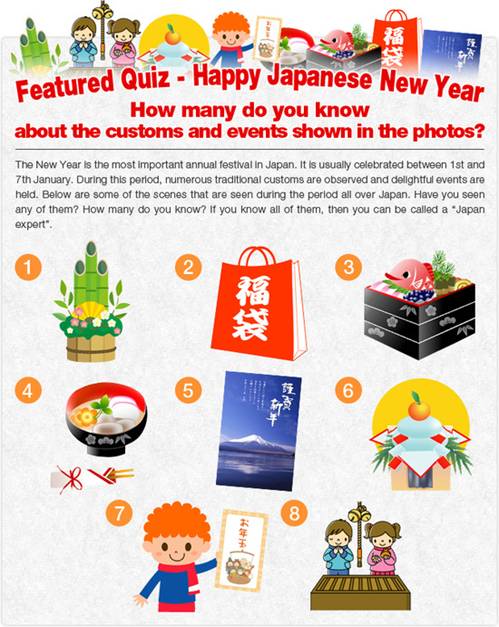If you are a woman, you want to keep your skin clean and beautiful for good.
Here is a good article worth reading!
_ _ _ _ _ _ _ _ _ _ _ _ _ _ _ _ _ _ _
The #1 Food Secret For Beautiful Skin
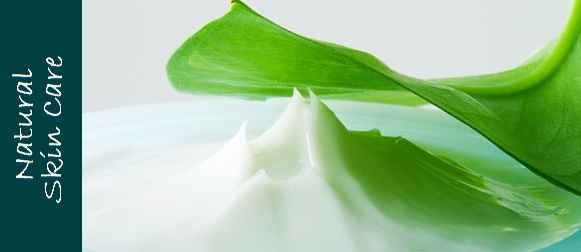
Would you ever guess the #1 secret to beautiful skin is the sweet potato?
Sweet potatoes deliver 800% of the recommended daily value of beta carotene. The specific secret to beautiful skin about sweet potatoes is the body uses the nutrient beta carotene to synthesize glycoproteins, which are molecules that accelerate skin renewal and improve skin cell cohesion
 A recent study naming sweet potatoes as the most important food secret to beautiful skin revealed that the beta carotene in the sweet potato translates into a smoother complexion and numerically reduces fine lines within 10 weeks.
A recent study naming sweet potatoes as the most important food secret to beautiful skin revealed that the beta carotene in the sweet potato translates into a smoother complexion and numerically reduces fine lines within 10 weeks.
The potassium in a single sweet potato can erase bloating within 24 hours.
GET THIS: Not only is the sweet potato a food secret to beautiful skin, it also gives you a flat belly. Each tasty sweet potato contains 950 mg of potassium (twice as much as a banana), which enhances the kidney’s ability to eliminate retained fluids, banishing bloat. Sweet potato’s betaine clears fatty deposits from the liver, which accelerates the organ’s breakdown of belly fat for fuel.
AND THERE’S MORE: Boundless energy is available due to sweet potato’s combination of copper and iron. Working together, these nutrients work in tandem to help the body produce hemoglobin, a blood molecule that transports energizing oxygen to every cell plus the B vitamin Choline in sweet potatoes serves as a building block of brain boosting acetylcholine, improving alertness in 12 weeks.
GET THIS: Not only is the sweet potato a food secret to beautiful skin, it provides freedom from colds and flu. Rich stores of vitamin C and 3 times more photochemicals than superfoods like broccoli, sweet potatoes fight the nastiest of viruses. That’s because these nutrients actually assist the immune system in producing large T cells, which are infection-fighting lymphocytes, shown to slash a person’s risk of developing a cold or flu by 33%.
Here’s our favorite sweet potato recipe:
Sweet Potatoes and Apple Butter – Serves 4-6
4 Medium Sweet Potatoes
Salt & Pepper
2 Tablespoons Lemon Juice
1/3 Cup Spiced Apple Butter
1 Tablespoon Butter
Preparation:
1.Wash and cook sweet potatoes in boiling water just until tender, about 20 minutes.
2.Remove skins and slice 1/4-inch thick.
3.Grease a baking dish and place a layer of sweet potatoes in it; sprinkle with salt, pepper, lemon juice, and a thin layer of apple butter. Repeat until all ingredients are used. Dot with butter.
4.Bake at 325° for 30 minutes.
Conclusion
Can you imagine not eating a sweet potato every day for the rest of your life? Not only is the sweet potato a food secret to beautiful skin, but it provides boundless energy, skin renewal, freedom from colds, and a flat belly.
Read original article and more interesting articles from here. http://www.alwaysnewyou.com/skin_care_you/natural_skin_care/the-1-food-secret-for-beautiful-skin.html
_ _ _ _ _ _ _ _ _ _ _ _ _ _ _ _ _ _ _
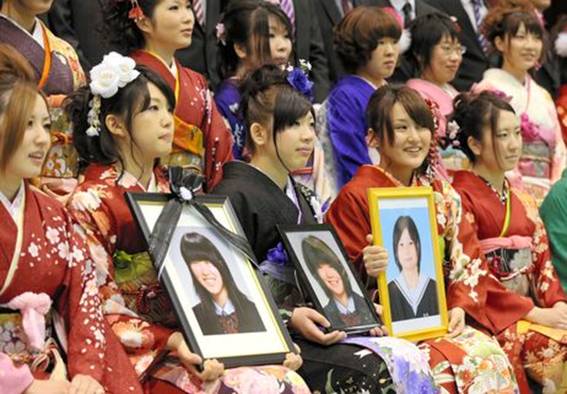

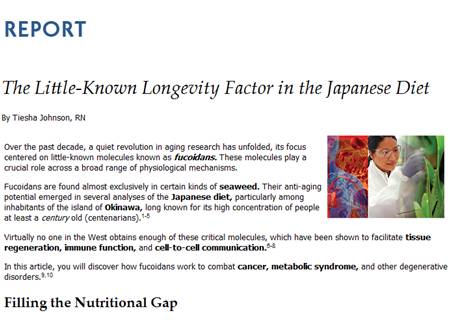
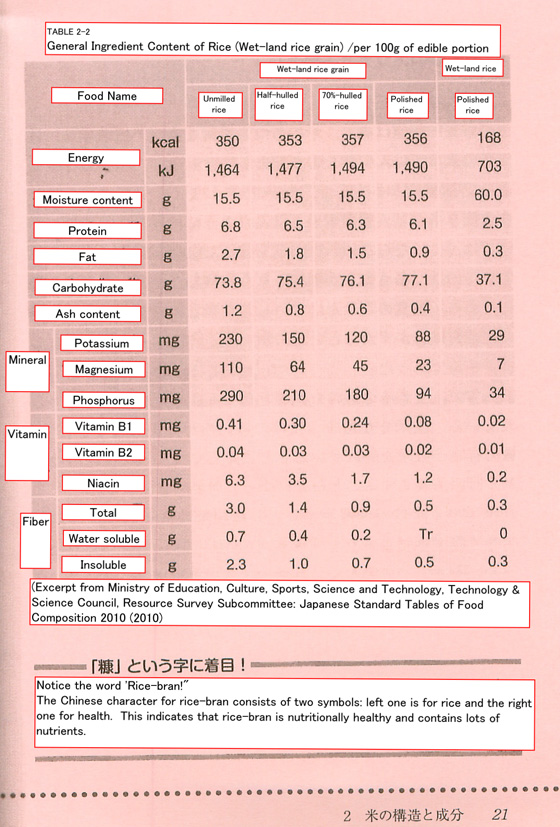


 A recent study naming sweet potatoes as the most important food secret to beautiful skin revealed that the beta carotene in the sweet potato translates into a smoother complexion and numerically reduces fine lines within 10 weeks.
A recent study naming sweet potatoes as the most important food secret to beautiful skin revealed that the beta carotene in the sweet potato translates into a smoother complexion and numerically reduces fine lines within 10 weeks.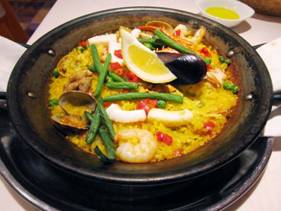
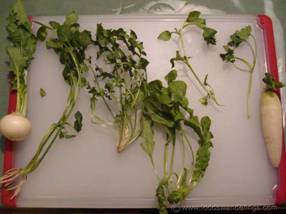
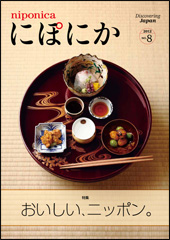
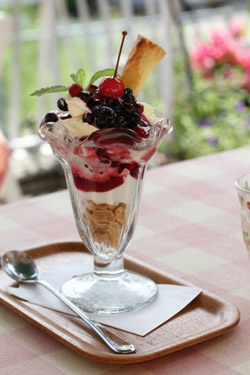 In Japan, there is no restriction on use or obligation of labeling of trans-fatty acid yet. Ever since 2003, more and more countries in Europe as well as US have imposed obligations, but in Japan, the Consumer Agency has only requested the food industry to promote this attempt. This is so lax that it leans on voluntary action of each company. Therefore, no decent labeling has been shown on our food products.
In Japan, there is no restriction on use or obligation of labeling of trans-fatty acid yet. Ever since 2003, more and more countries in Europe as well as US have imposed obligations, but in Japan, the Consumer Agency has only requested the food industry to promote this attempt. This is so lax that it leans on voluntary action of each company. Therefore, no decent labeling has been shown on our food products. 